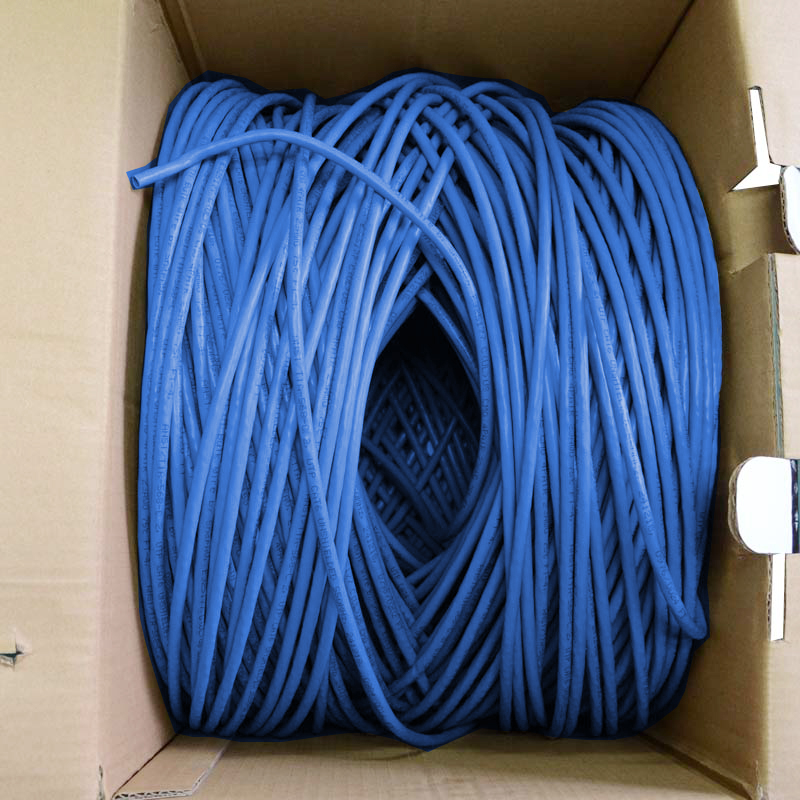Never use a leakage protector when using the frequency converter. This is a big principle used by the frequency converter. Some customers choose the corresponding leakage protector for the inverter when using the inverter. The final result is that the inverter will move together and the leakage protector will operate and the system will not operate at all. why? The principle of the leakage protector is that the zero sequence current is zero. When using a frequency converter, the zero sequence current cannot be zero. The output side of the inverter is a PWM wave, and there is a capacitance effect of a long cable between the motor cable and the earth. When a cable with a shield layer is used, the capacitance effect is more obvious. When the inverter is working, the capacitor is charged and discharged, and a current flows through the capacitor into the earth, and flows back from the ground line on the incoming line to the inverter to form a current loop. If a leakage protector is used on the incoming side, it will act and shut down the system. SO, don't equip your inverter with a leakage protector. If you want to be safe, do a good job of grounding the equipment. Case: Q: A 18.5KW boiler induced draft fan is equipped with a 18.5KW inverter. After the inverter is installed, the power distribution room will jump. In the original power distribution room, a leakage protector (200mA action, 30mA pulse) was installed in each channel. Require the customer to remove the leakage protection is rejected, then adjust the carrier frequency to 1KHz, and change the startup mode of the inverter still cannot be solved. Finally, it is suspected that the power line of the motor has leakage. Because it has a length of about 20 meters and is buried in the ground, it is difficult to replace the customer (the original power frequency is normal). Is there any simple and effective solution? Answer: Because the leakage protector generally detects that the three-phase unbalance is above 20%, it will jump protection. When the inverter is installed, the three-phase unbalance will generally exceed %50. Therefore, the leakage protector will definitely jump. Here are a few ways: Method 1: There is generally a regulator on the leakage protector, and the regulator can be turned up; Method 2: Replace the leakage protector with a special leakage protector for the inverter, and sell the special leakage protector for the inverter. Method 3: Increase the equipment load, that is, the motor load, the leakage current will not be very large when the inverter starts. Lan cable include CAT7 Lan Cable, cat6a cable, cat6 cable, cat5e cable.
Twisted-pair wires are usually made of two 22-26 insulated copper wires wrapped around each other, hence the name "twisted-pair wire".In practice, twisted pair consists of several pairs of twisted pair wrapped together in an insulated cable sleeve.If one or more pairs of twisted-wire is placed in an insulating bushing, it becomes a twisted-wire cable. However, in daily life, "twisted-wire" is generally referred to as "twisted-wire".
Lan Cord,Lan Wire,Lan Cable Connector,Flat Ethernet Cable Shenzhen Kingwire Electronics Co., Ltd. , https://www.kingwires.com
The length of the lan cable are 1000ft (305m), the usable part of a box cable is about 300 meters. To press the RJ45 connectors, usually needs to consider the consumption of part of zhuan degree, so one box of lan cable is 305 meters.
Home Network Cable is called "twisted pair". About twisted pair:
Twisted Pair (TP), the most commonly used transmission medium in comprehensive wiring projects, consists of two insulated copper wires. By stranding two insulated copper wires together at a certain density, the radio waves emitted by each wire during transmission are offset by those from the other wire, effectively reducing the degree of signal interference.
